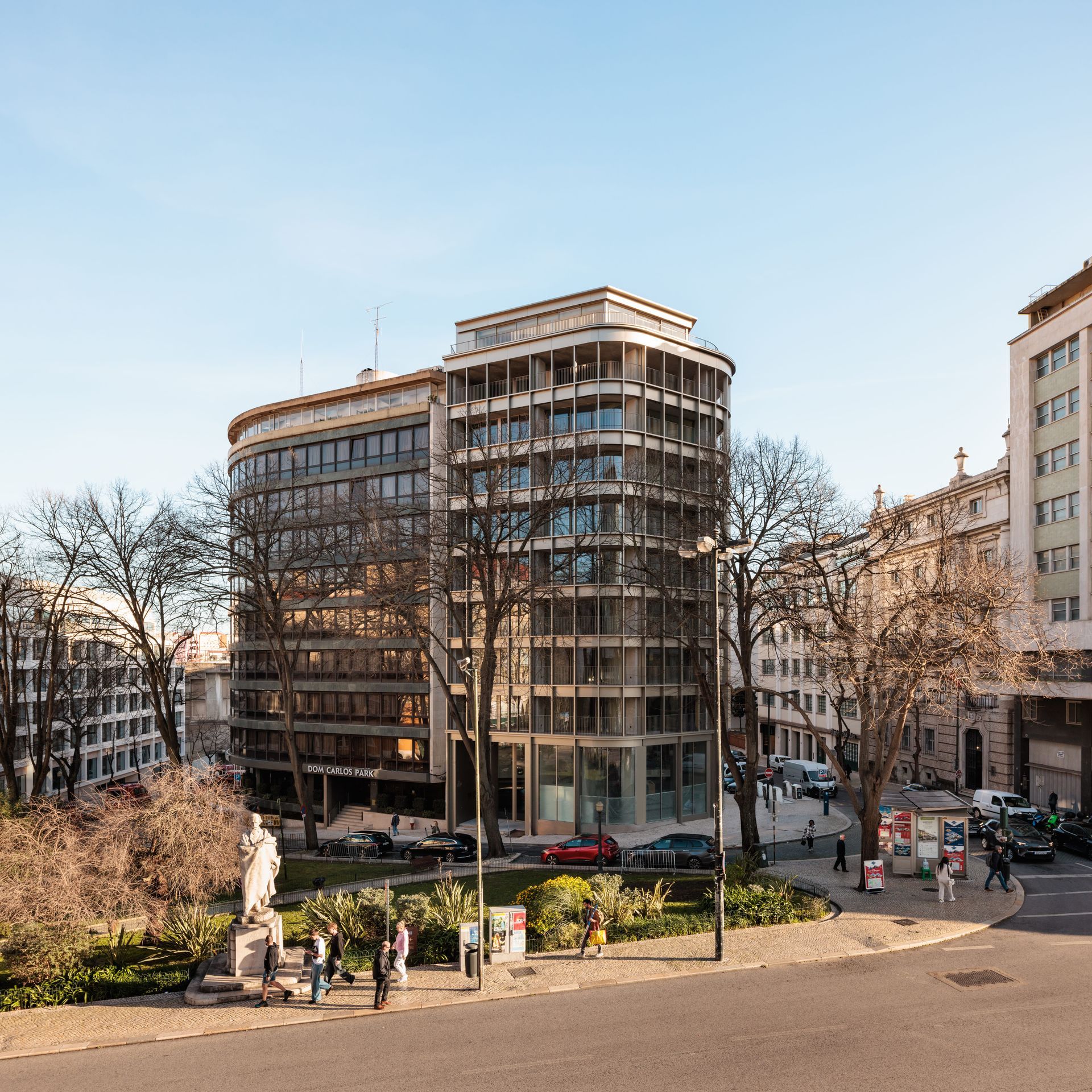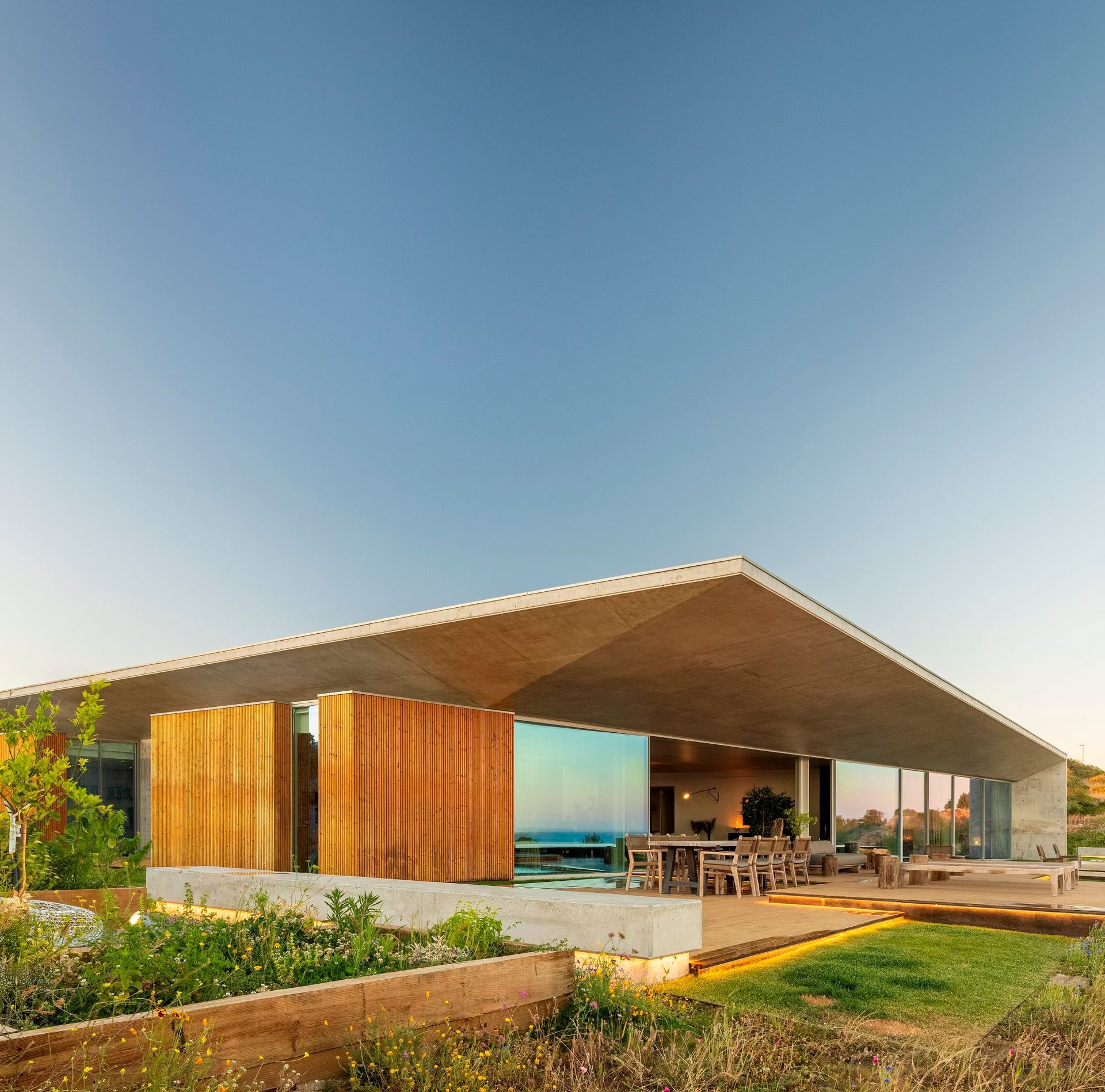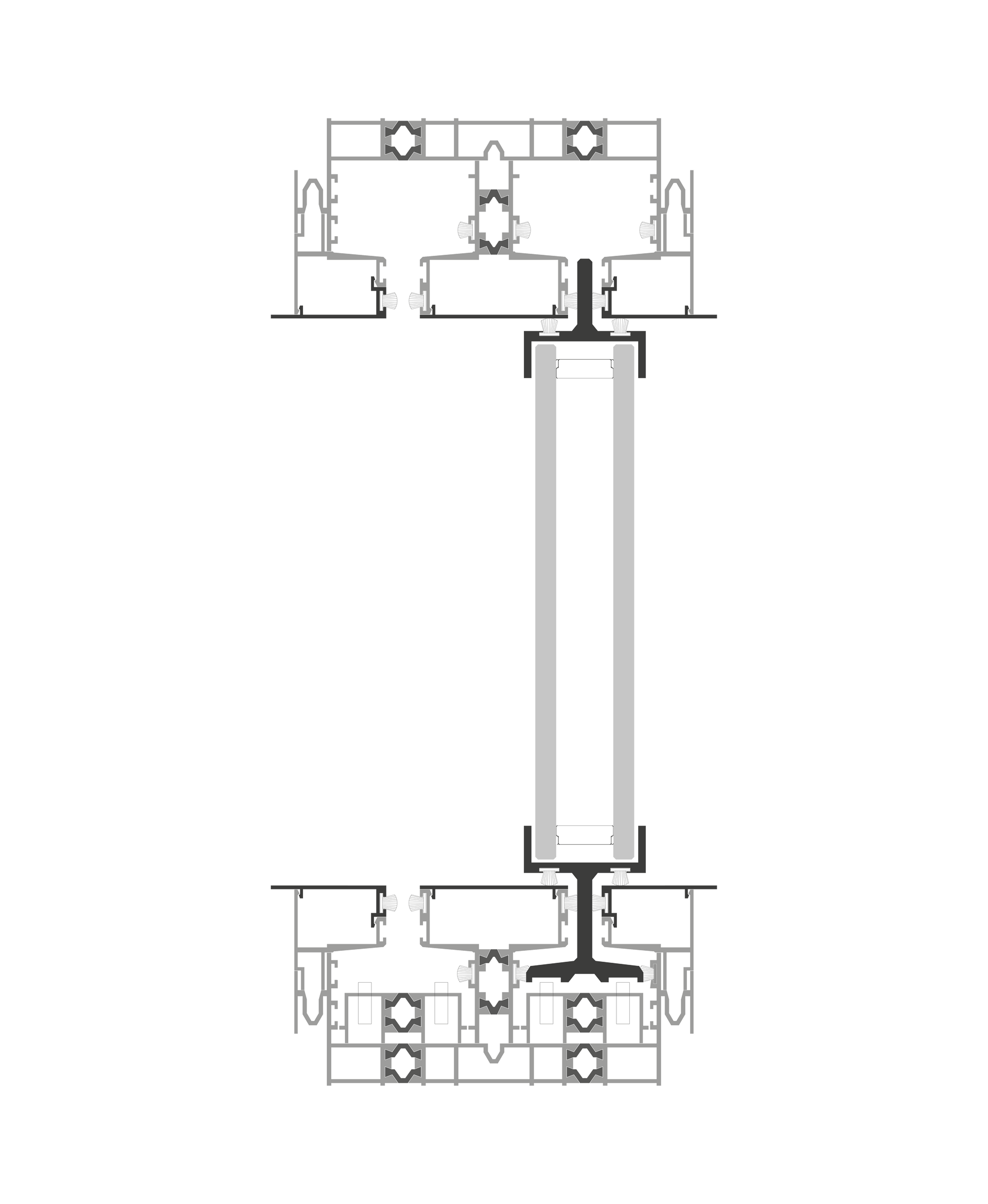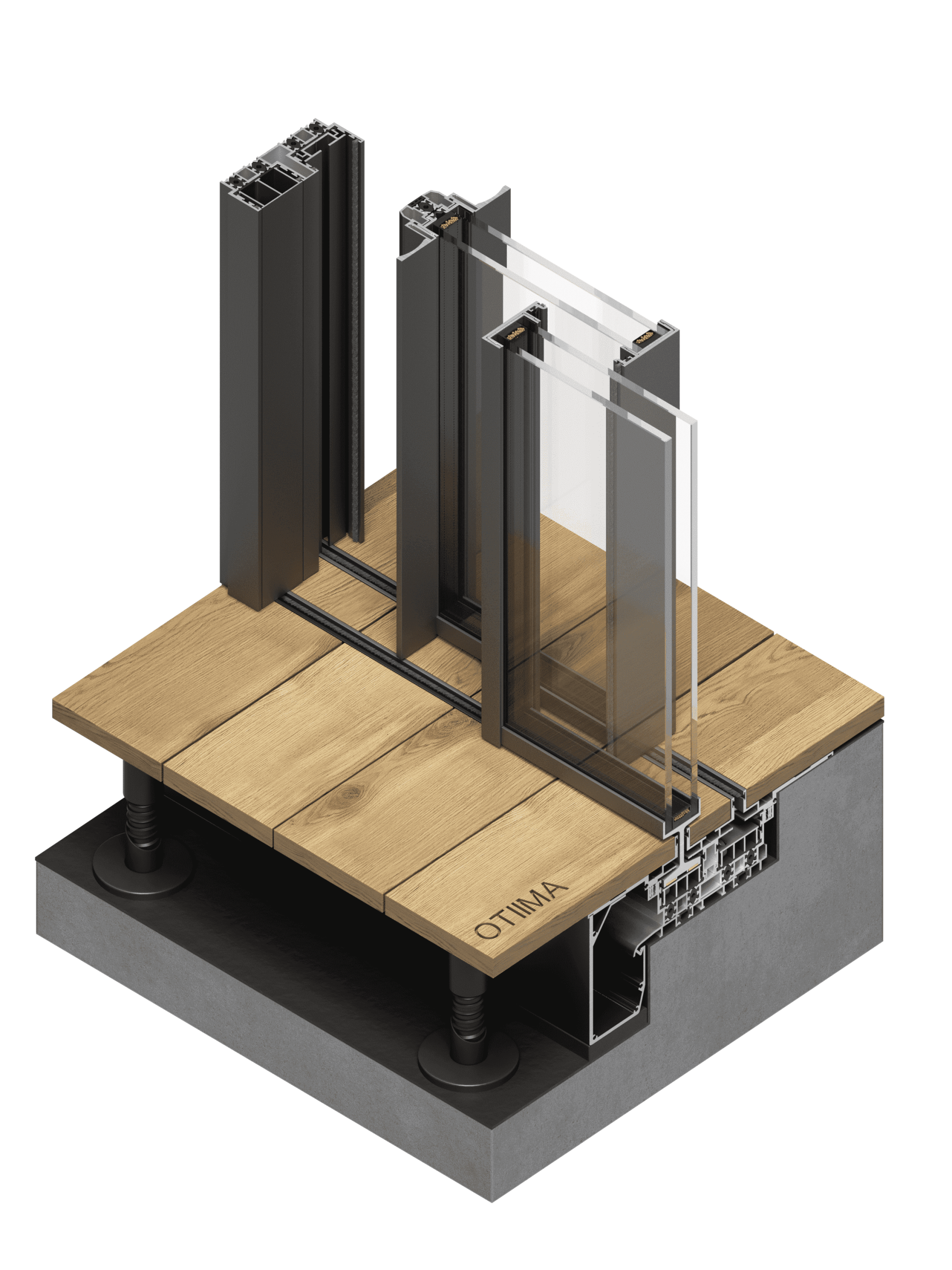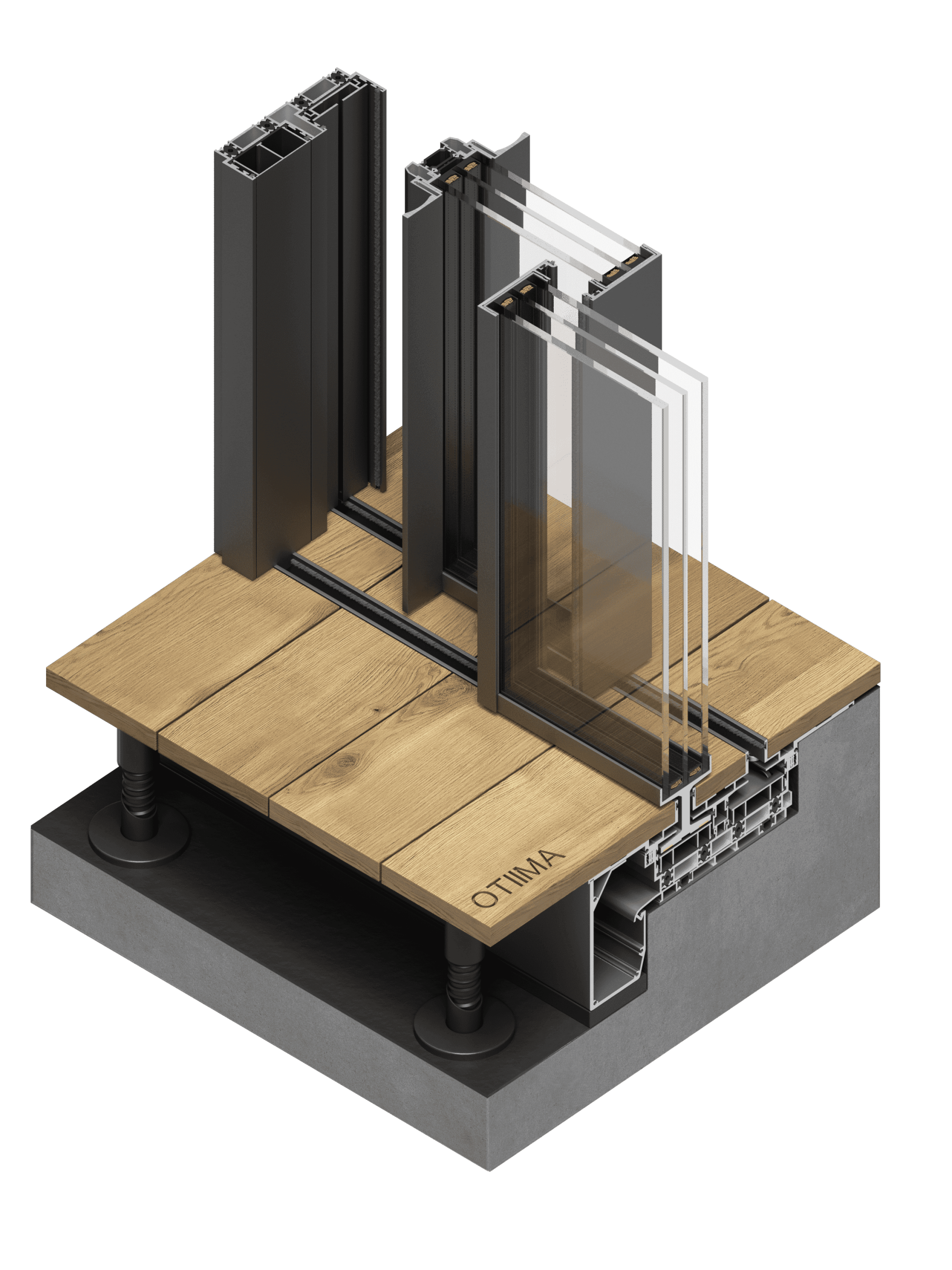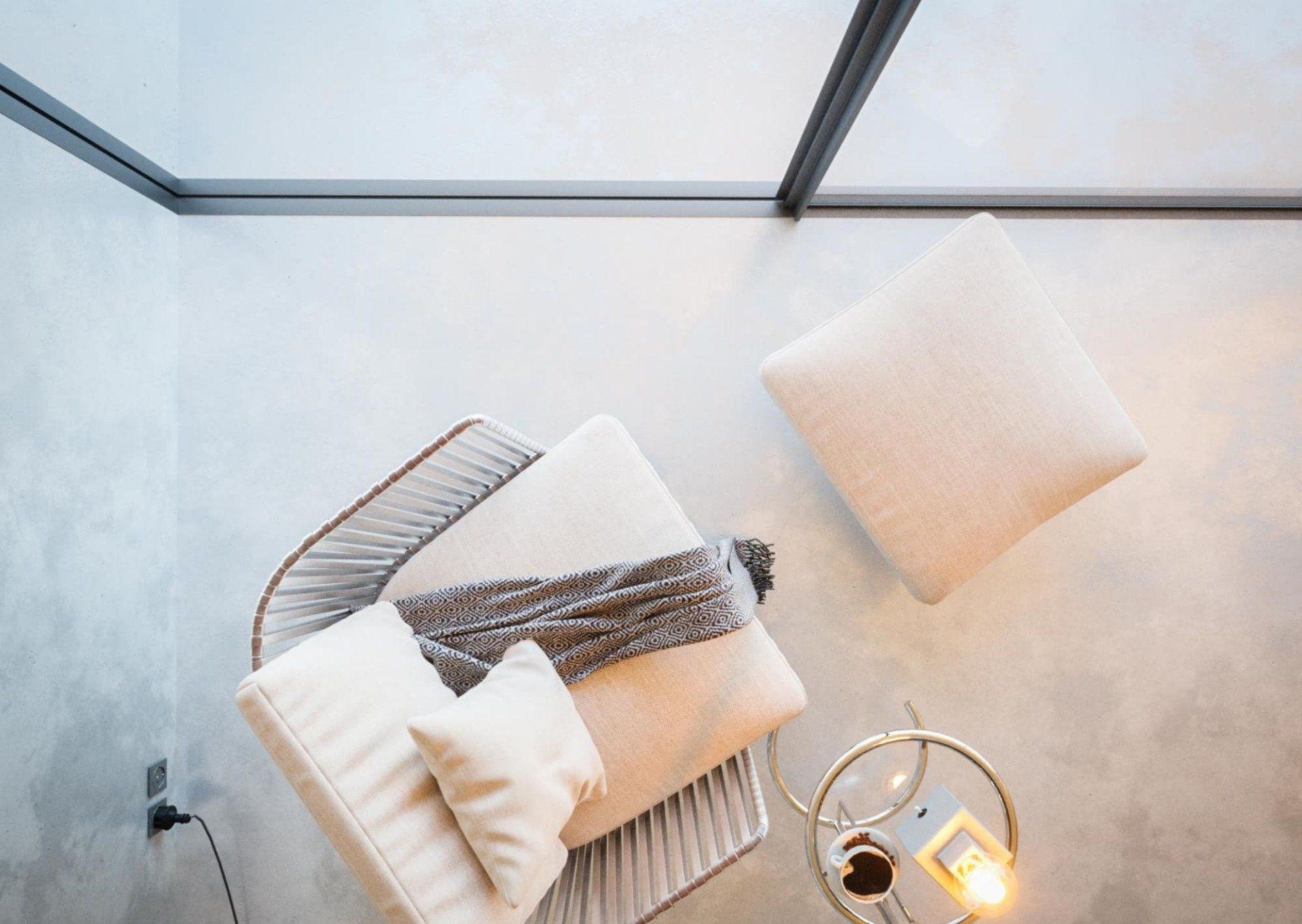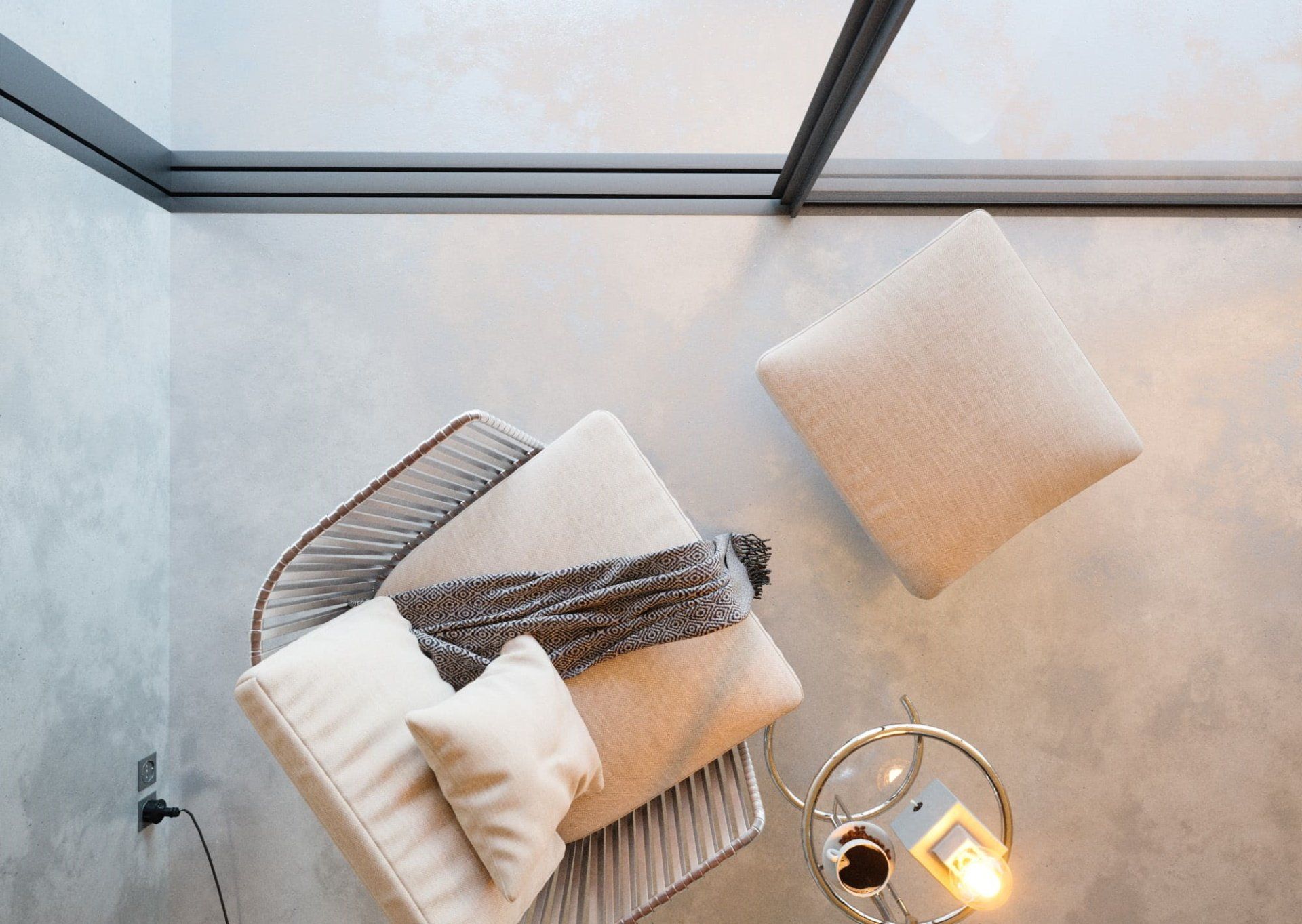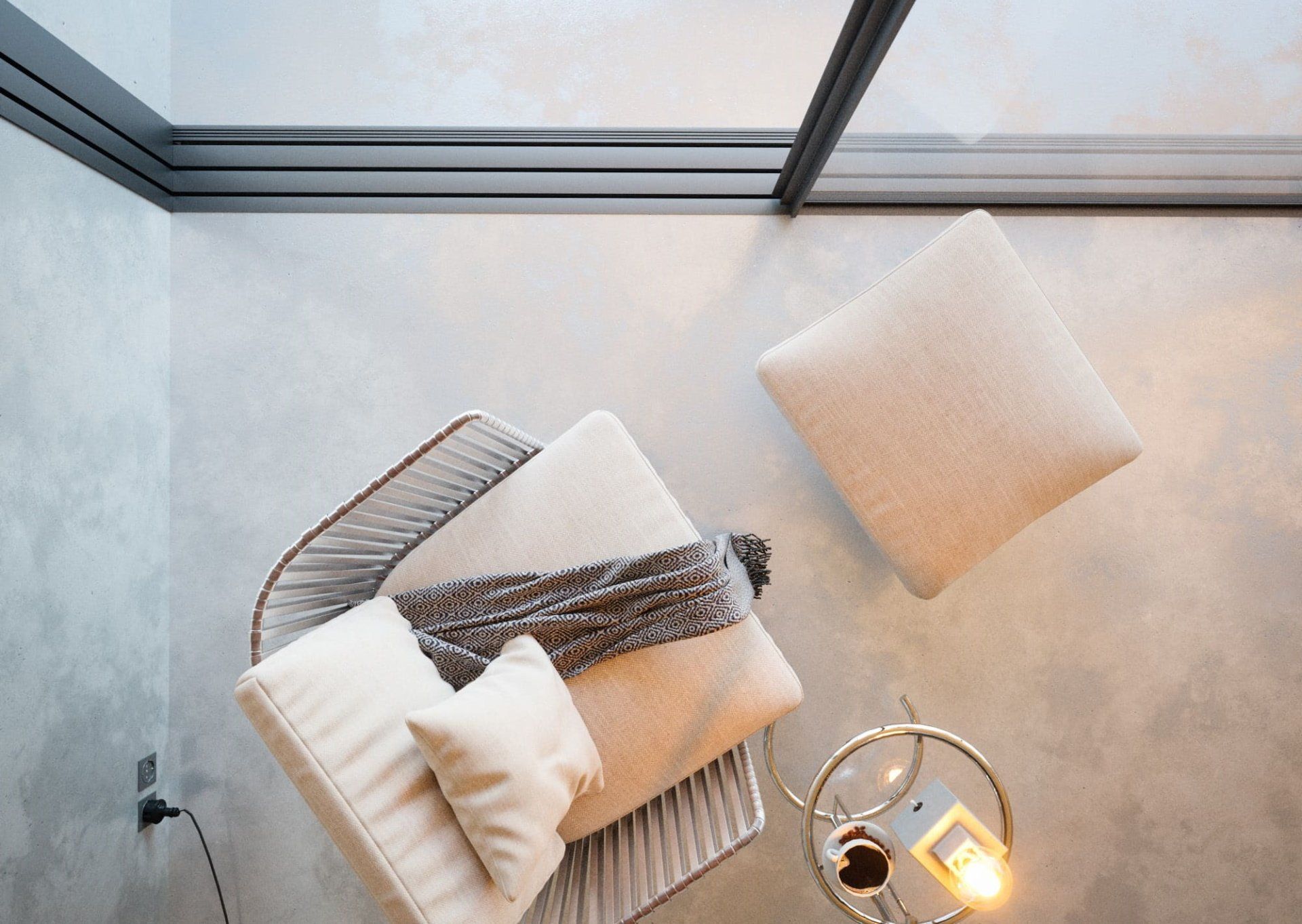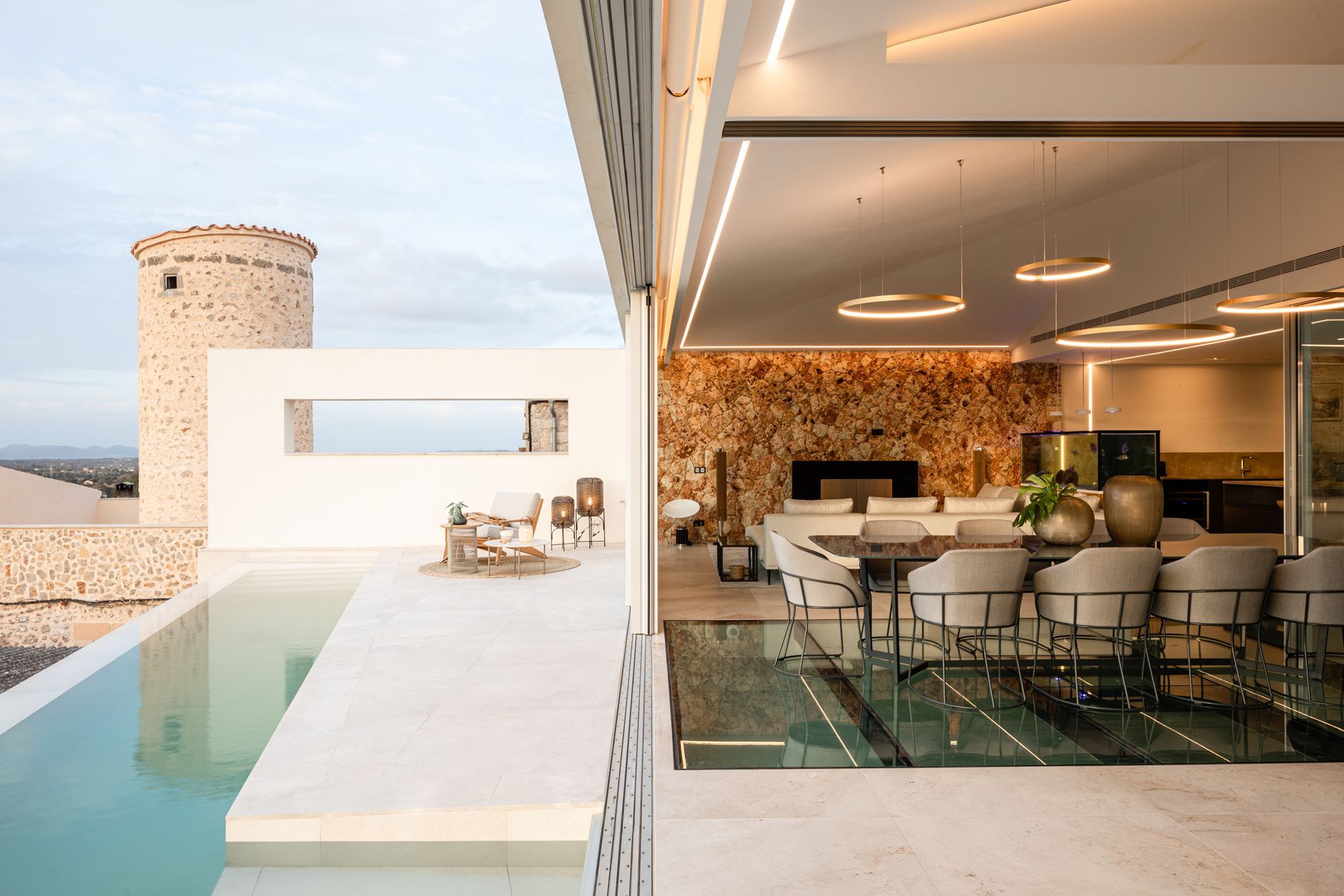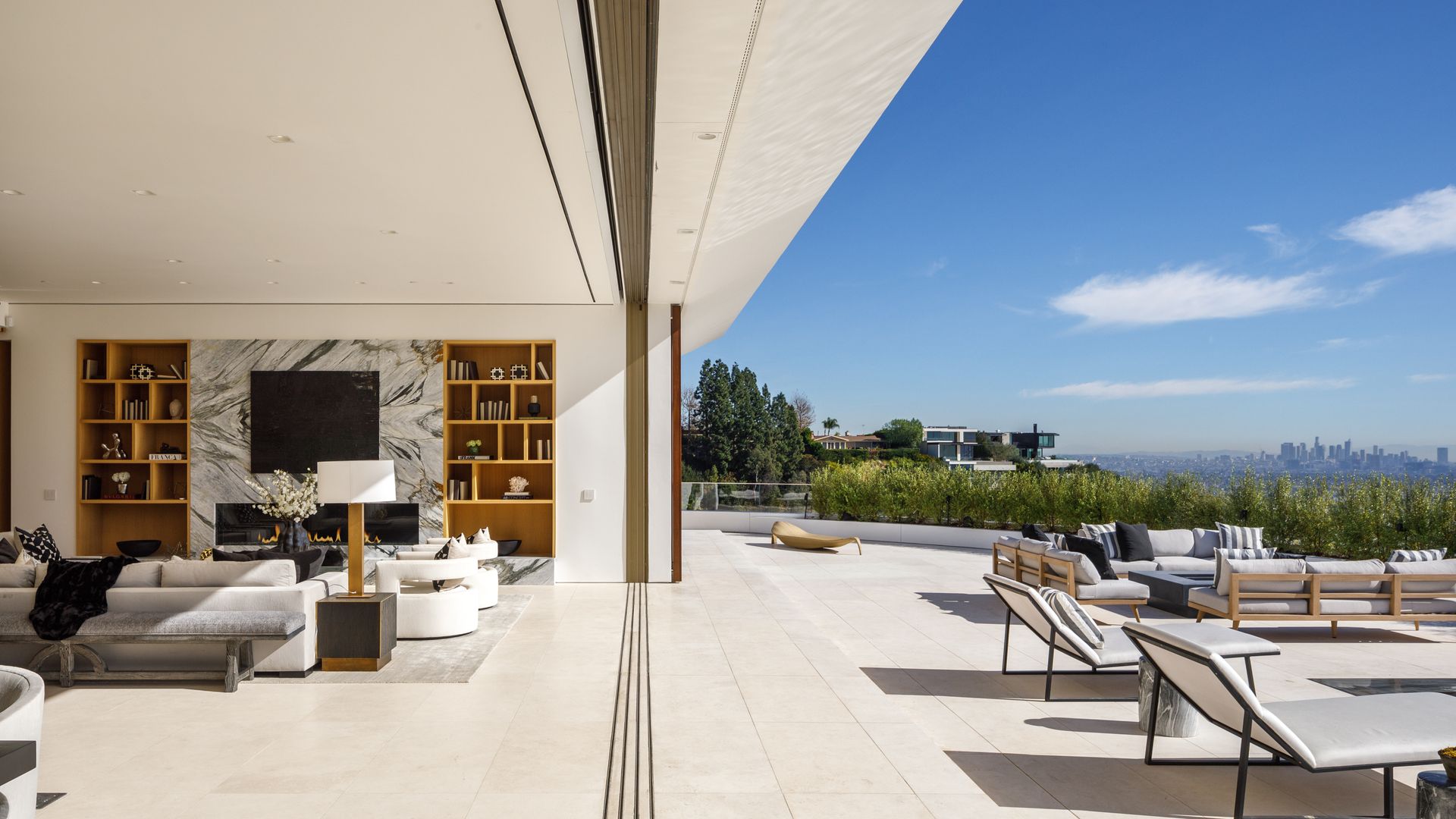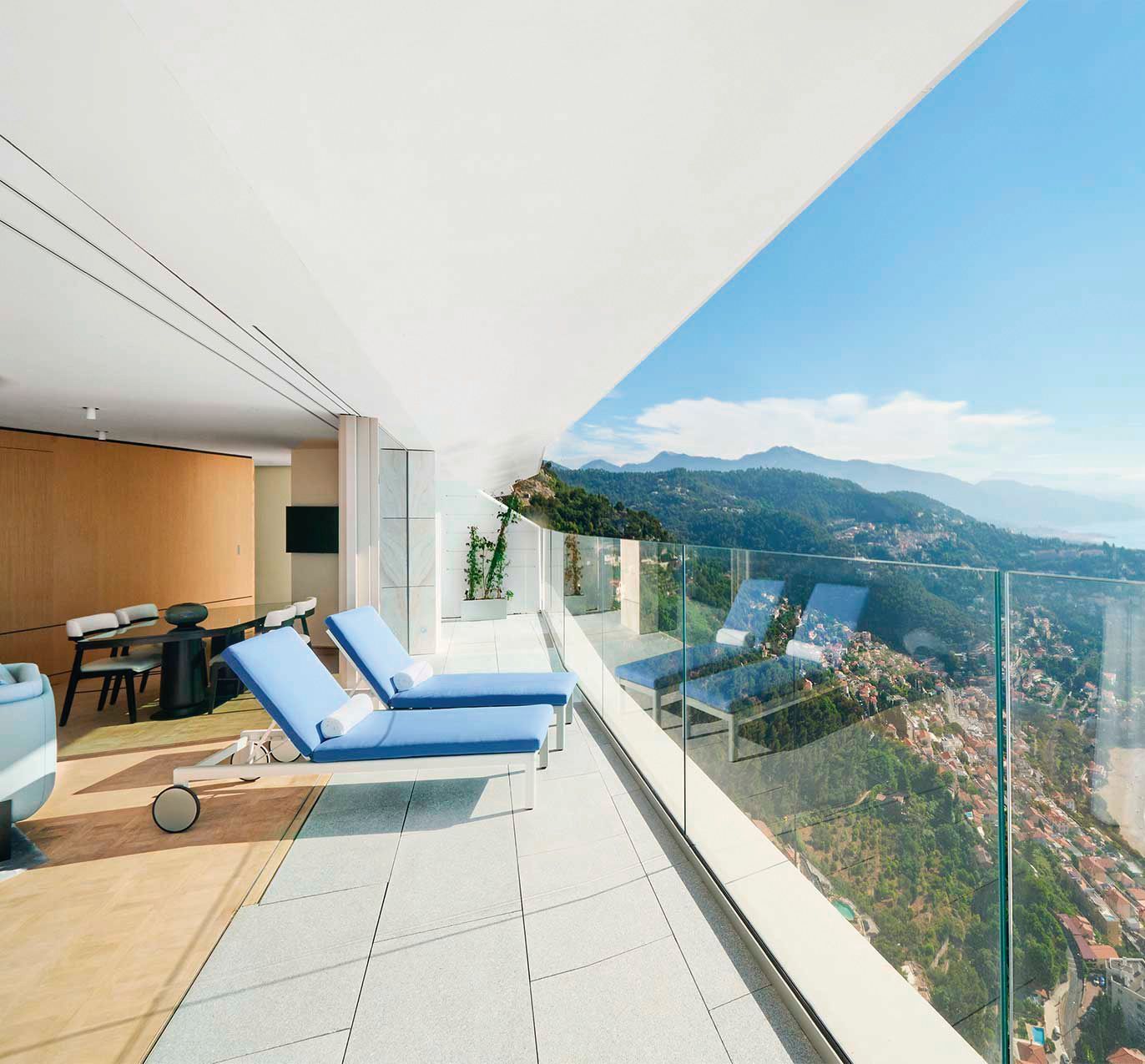OTIIMA
Fusion 2.0
OTIIMA FUSION 2.0 representa a procura pela perfeição contínua, alcançada através da pesquisa e investigação de design. É o sistema mais equilibrado em termos de design, desempenho e manutenção.
Características
Descrição
O sistema apresenta cavidades perimetrais abaixo das tampas removíveis de acabamento, que podem ser transformadas em espaços técnicos para múltiplos usos, desde fixações mecânicas adicionais até sondas térmicas para aquecimento, isolamento, iluminação e sensores meteorológicos.
Performance
Em comparação com o FUSION 1.0, possui uma capacidade térmica superior, utilizando perfis de fibra de vidro no sistema, e proporciona uma instalação mais rápida e suave, tornando a manutenção mais fácil.
Séries
Disponível nas séries 38 e 52.
Configurações
As configurações disponíveis incluem janelas fixas, janelas/portas de correr e multipainéis (incluindo configurações com pockets e abertura de canto).
A automatização de portas pode ser integrada em todas as nossas portas de correr.
Outros produtos
Últimas publicações

